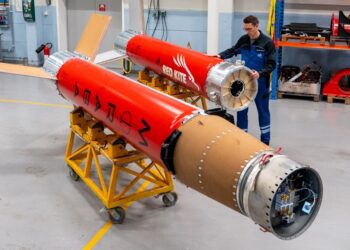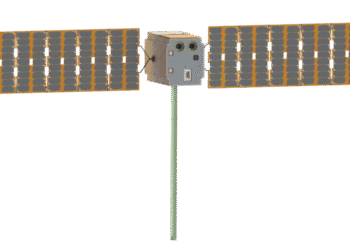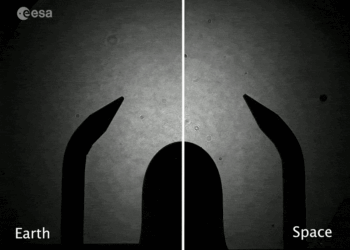NASA has been making significant strides in developing supersonic parachute technology aimed at boosting the success rates of future Mars missions. This advancement is crucial as it offers a more reliable system to safely land heavier payloads on the Martian surface, a significant challenge given the thin atmosphere of Mars.
The technology has undergone rigorous testing to ensure it can handle the extreme conditions encountered during entry, descent, and landing on Mars. These tests are part of the Advanced Supersonic Parachute Inflation Research Experiment (ASPIRE) conducted by NASA, aimed at gathering data to enhance landing systems for larger and more capable spacecraft.
Key Features and Testing
- The parachute system is designed to deploy at supersonic speeds, which are encountered when entering the Martian atmosphere.
- Testing includes high-altitude drops to simulate the Mars landing environment, ensuring the parachute system’s robustness and reliability.
- The testing program uses advanced analytics and cutting-edge materials to improve the parachute’s performance.
This technological advancement is expected to play a crucial role in NASA’s future missions to Mars, particularly in efforts to send larger rovers and possibly human missions in the coming decades.
Conclusion
With continuous progress in supersonic parachute technology, NASA moves closer to achieving its ambitious goals for Mars exploration. The success of such systems will pave the way for future exploratory and possibly manned missions, significantly broadening our understanding and exploration of the Red Planet.
For more information, please visit the full article on NASA’s official website.






















